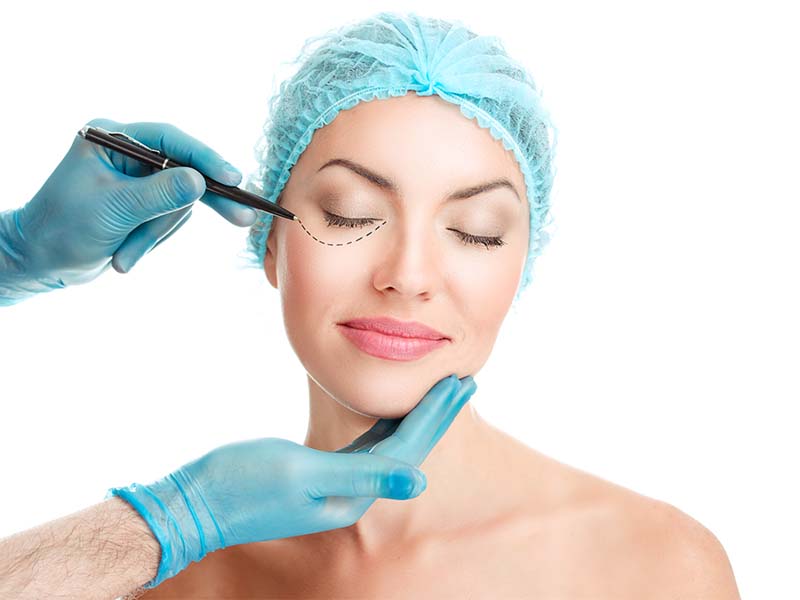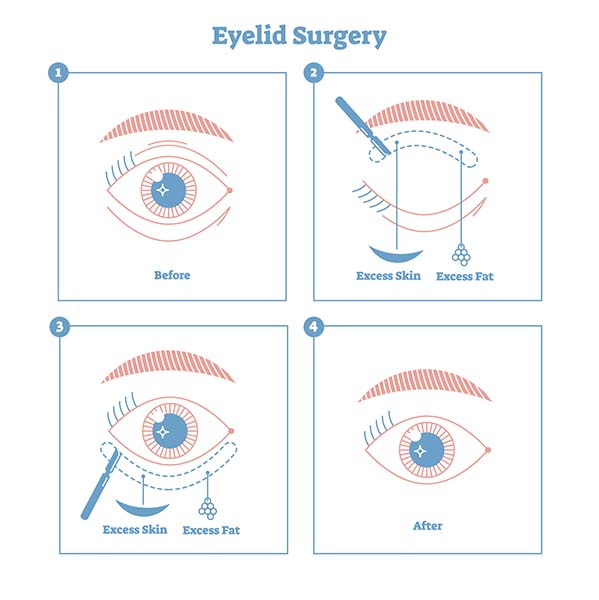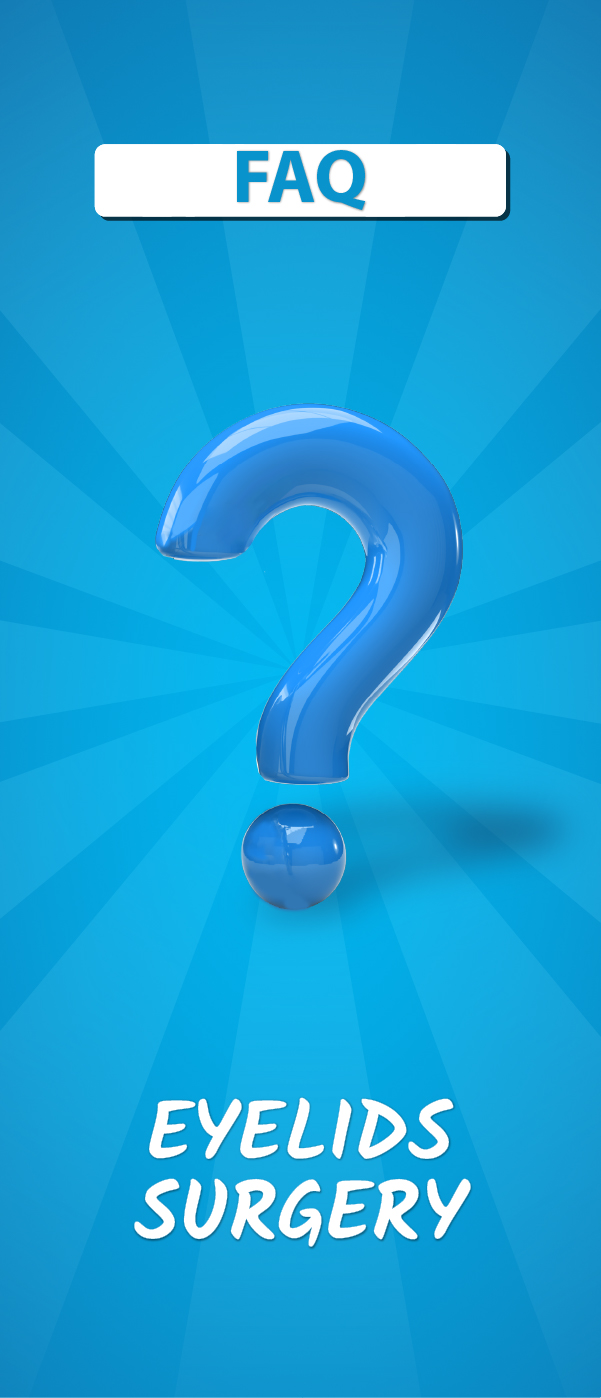Frequently Asked Questions
1. Am I a suitable candidate for Eyelid Surgery?
Blepharoplasty, or surgery, is a surgical operation that improves the appearance and function of the upper and lower eyelids. As we become older, our skin loses its flexibility. Due to a lack of flexibility and the constant pull of gravity, excess skin gathers on the upper and lower eyelids. Wrinkles and bulges are caused by excess skin on the lower eyelid. An excess fold of skin on the top eyelids might hang over the eyelashes and obstruct your vision. The majority of eyelid surgeries are performed for cosmetic reasons. It is, nevertheless, an excellent approach to restore vision in older persons whose sagging upper eyelids obstruct vision.
2. Where are Blepharoplasty incisions made?
Eyelid surgery removing extra skin from the upper eyelids and decreasing eye bags from the lower eyelids. If the patient has undergone surgery on both their upper and lower eyelids before, our surgeon will usually start with the top lids. He makes a cut along the eyelid fold, removes some superfluous skin, muscle, and fat, and heals the wound. Excess fat, muscle, and drooping skin are removed from the lower lid by making an incision directly below the lashes in your eye's natural crease or inside the lower lid.
3. How visible are scars after an Eyelid Surgery?
Scarring is a possibility with any surgery, however blepharoplasty surgery has some of the least scarring of any cosmetic procedure. When you're recovering from eyelid surgery, the same thin skin that leads to signs of premature aging works to your favor. Because of the delicate nature of eyelid skin, it heals more quickly and effectively than other parts of the body. Your scars from upper blepharoplasty operation may likely only be noticeable to persons who know what to search for once they have completely healed, and even then, only when your eyes are closed.
4. What surgical technique is recommended for me?
Our doctors in Turkey will assist and guide you through this process, with every aspect properly explained. Please do not hesitate to contact us for further information or to find out which sort of operation is best suited for you.
5. How long after Blepharoplasty will I look normal?
Bruising, swelling, and the maturation of the incision/scar are the three stages of recovery. The bruising fades earliest, taking 2 to 3 weeks. The next stage is swelling, which is much more varied and can persist up to 8 weeks or more. It's a slow, steady decline. Returning to work or going out in public will begin 5 to 10 days after surgery, and will be determined by your level of comfort rather than a medical cause. It's crucial to remember that following your surgery, you'll have scars from surgical incisions. It can take a year or more for those scars to improve to their full potential. You may guarantee that your skin recovers properly during this time by following suitable eyelid surgery recovery practices.



-0211.jpg)